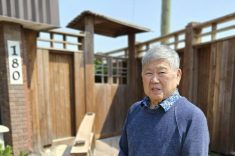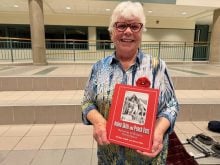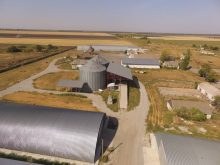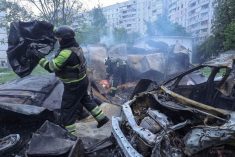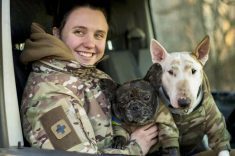As I wrote earlier, almost every Ukrainian farmer has to take care of more than just his family.
If he cultivates more than 1,000 hectares of land, this means that he is forced to help solve the social problems of the inhabitants of nearby settlements. Moreover, it is completely voluntary, since the state does not have the financial capacity to do so.
Maxym Maksymenko cultivates more than 2,000 hectares of land in the Mykolayiv region in southern Ukraine. I met him about seven years ago when I first came to his farm. This young man surprised me by the fact that he independently learned to work with precision farming technologies. He sat down at the computer one evening and began to understand electronics and create yield maps, and also learned how to work with drones. Six months later, precision farming was already fully applied on his fields, and today this allows him to significantly increase the profitability of his work.
Read Also
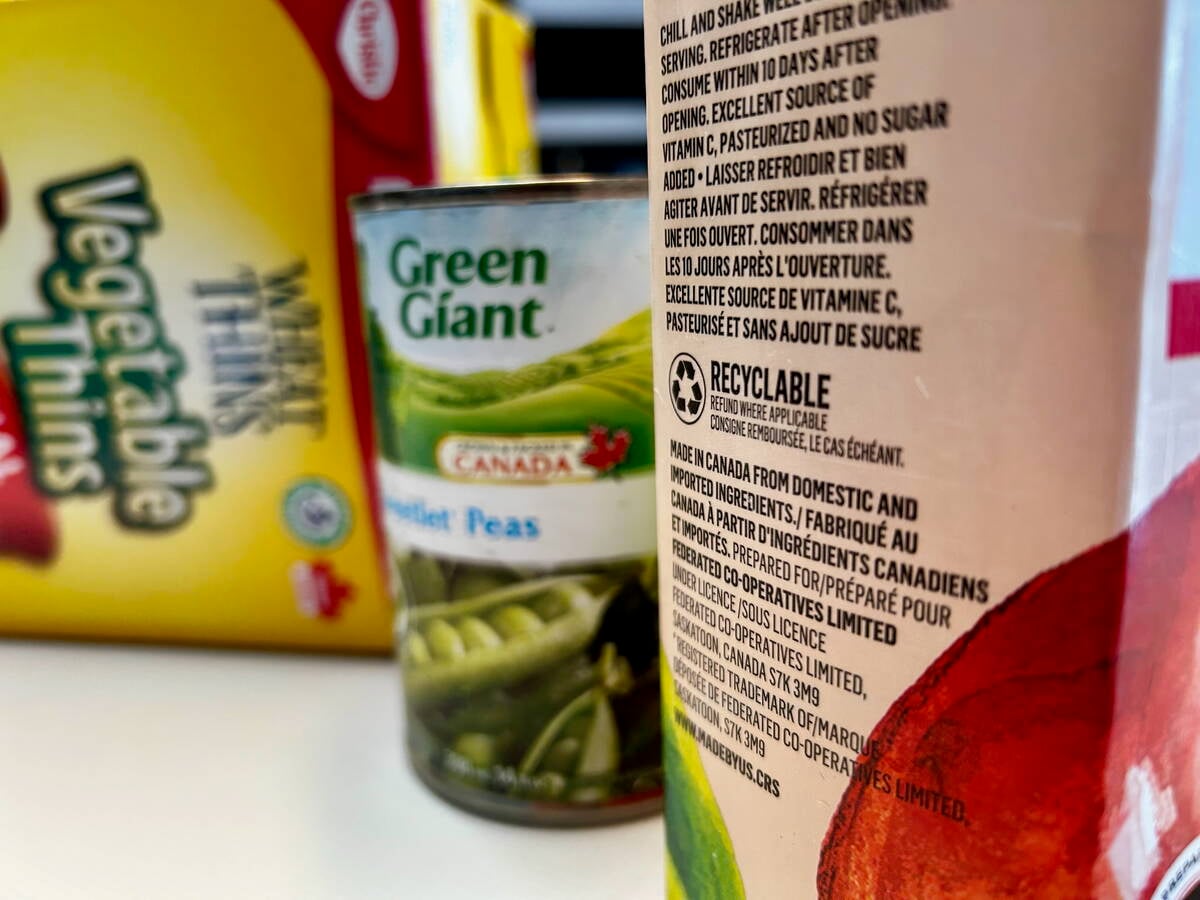
Unclear food labels hinder Canada’s ‘buy local’ surge
“Maple-washing” on Canadian food packaging makes label claims hard to keep straight and hurts both farmers and consumers trying to buy Canadian, economist says.
Maksymenko’s farm employs more than 70 people. In addition, he leases land from 450 families. We can say that at least 500 families of his countrymen, as well as hundreds of refugees from the occupied territories, are under his care. Therefore he, like thousands of other Ukrainian farmers, from the first day of the war, voluntarily began to solve all the pressing problems of people in his region. He tells the story of a Belarusian truck driver who delivered a new seeder on February 23.
“When we said goodbye, he said cryptic words: ‘You hold on!’ and left,” Maksymenko said. “I couldn’t understand what he meant until I heard rocket explosions at 5 a.m.”
More from Ihor Pavliuk:
- One step away from world hunger
- Growers in Ukraine plant amid hostilities close by
- Unsupplied farmers, risky seeding and blocked shipping lanes
- Farming behind the lines: Hostages of globalization
The fighting is now taking place 100 to 120 kilometres from his farm, although at the beginning of the war the enemy came as close as 50 kilometres, but was defeated by Ukrainian troops.
“Our village is located at a strategic height and there is a large nuclear power plant 30 kilometres from us,” he said. “Therefore, we immediately realized that the Russians would break through in our direction. But, fortunately, our soldiers destroyed a large column of enemy equipment near Voznesensk, and this offensive was stopped.”

Before that happened, however, he and his fellow citizens spent a solid week in their basements, unsure what would happen next. As soon as it was safe, he called his workers and other local residents to a meeting.
“I told people that you need to prepare for the fact that this is a long time,” he said. “Therefore, we must, first of all, save what we have and help those who need help.”
On the farm, as in other parts of Ukraine, the production of anti-tank hedgehogs, camouflage nets and other things necessary for defence was immediately organized. Particular attention was paid to the production of food products. An on-farm mill produced flour and they also produced cereals, sunflower oil and canned meat.
“The excitement was very high,” he said. “People were eager to buy as many products as possible, so we had to limit their supply — no more than one bag of cereal per family.”
He said his personal philosophy of always being prepared for a crisis has served his farm well through the invasion. That included having prepared for this spring the previous fall, purchasing inputs. This saved him, because with the outbreak of the war, all logistics in Ukraine were disrupted, but the farm already had the required amount of seeds, fertilizers, pesticides and fuel.
“I understood one important thing a long time ago — if fertilizers are inexpensive in autumn and you have the opportunity to take a loan with low interest, then you need to do it and buy them,” he said. “By spring, all resources will cost much more.”
This allowed a more or less normal sowing campaign in the spring. But what will happen next is difficult to say now, since he does not know if he will be able to sell the new crop that will soon start coming off.
“We were lucky, at first, because we managed to sell grain from warehouses, although most farmers failed to do so,” he said. “Secondly, 40 per cent of our acreage is occupied by winter rapeseed, and it will be easier to sell it than, for example, corn. But now crop production brings practically no profit — we earn only thanks to cattle.”
And this is another step that Maksymenko made several years ago. In Ukraine, animal husbandry is considered an unprofitable business. Therefore, most farmers have abandoned this, preferring only to grow and sell grain. But now, during war, cattle allow you to sell meat and milk, and earn at least a little money.
“I always prepare for the worst, so I don’t plan my work in such a way that I don’t count on the fact that tomorrow the seaports of Ukraine will be unblocked, and we will all be able to sell our grain for export,” he said. “It’s very difficult now. Therefore, we will expand our processing facilities to produce flour, cereals, oil. This will allow us to use at least 10 per cent of our grain. And we will also develop animal husbandry in order to process grain for feed.”

Of course, these measures will not be enough, but he says this will allow his farm and workers to survive.
“I was also saved by the fact that for several years in a row I have been cultivating my fields using the no-till technology,” he said. “We use three times less diesel fuel than before.”
He seeds his fields with a Canadian-made Vaderstad air seeder.
In his opinion, this year there will be a good harvest of many agricultural crops, especially winter rapeseed. But because the fields are covered with no-till straw, the seeds germinated very late this cold spring. One field even had to be sown again. But regardless of the challenges, the farm must produce because everyone will need bread, he said.
This is all the more important as the young farmer has to take care of the many people who live near him. For example, he offered free housing to migrants. But most of the refugees are not yet psychologically ready for the fact that they may have to live in a foreign village for years until the infrastructure is restored in their homeland.
“I believe that even in the most difficult conditions, people need to tell only the truth,” he said. “Yes, it is very difficult to live and work now, but we should not lose heart. There are people who are much worse now. And our only way is to work, support the country’s economy and help our army.




